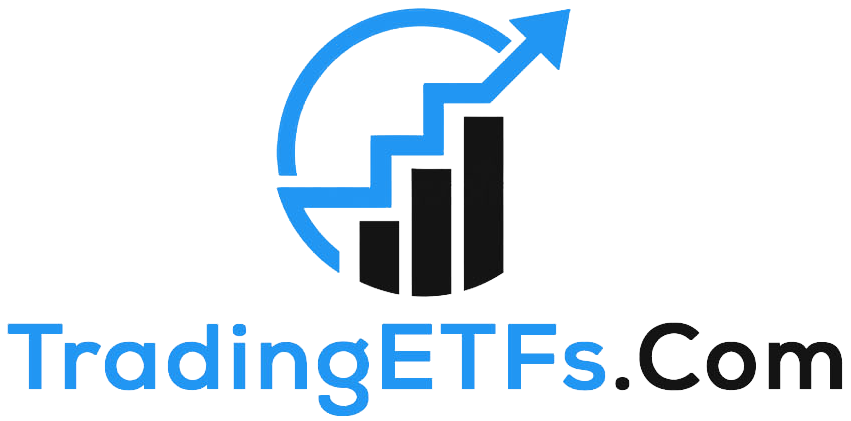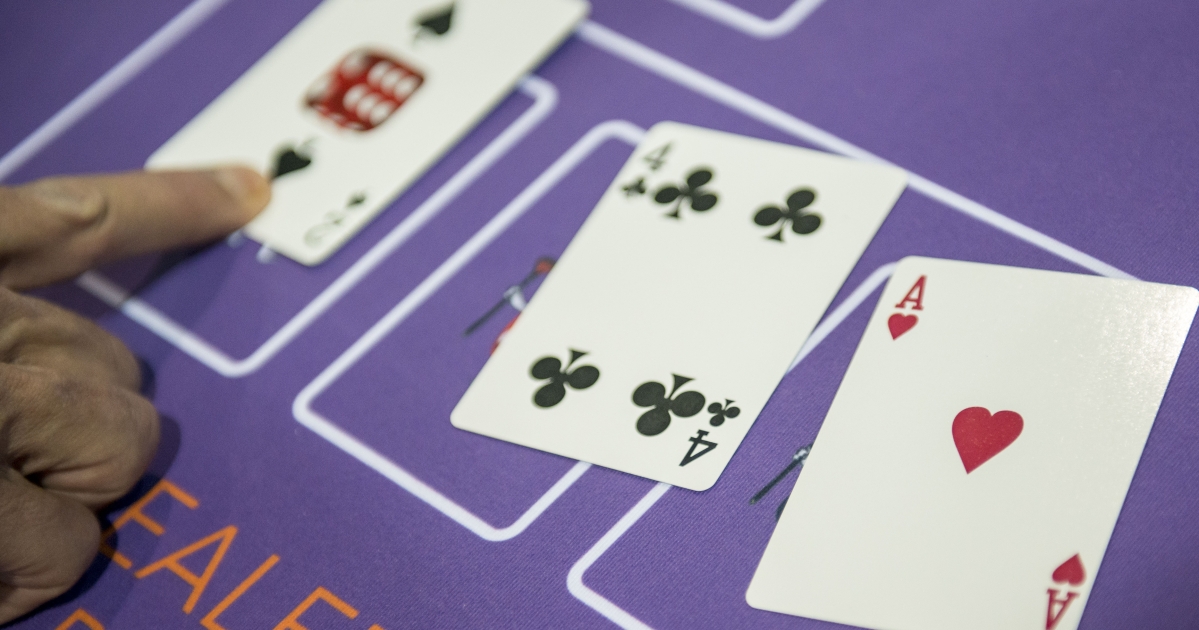[ad_1]
Possibility 1
The contract is structured in such a way that its delta—a measure of change in price to the underlying asset—is 1. What that means is that the contract will mirror Nifty Futures.
But why create such a contract in options rather than buying futures or taking exposure in an index or an exchange-traded fund? Because it’s cheaper.
- To buy an index fund, an investor has to pay for the entire exposure.
- Margin money requirements are higher in a Nifty Futures trade.
On the other hand, a call option mirroring Nifty Futures:
- Reduces the costs since margin requirement is lower as it’s linked to the premium and not the value of the underlying asset.
- That leaves more money in the hands of a seller.
The structure of the contract suggests that it could be a way to extend a loan, an options trader told BloombergQuint requesting anonymity.
In this case, buyer, or the financier, bought Nifty 5000 June Call at a premium ranging between Rs 5,300 and Rs 5,700 per unit over a period to arrive at an average cost. On Dec. 27, the open interest rose to 15,697 contracts or 11.7 lakh units.
Since it’s a contract for six months, the seller or the borrower will have to repay or settle the trade in six months. Given the structure of the trade, it’s safe to assume that the parties are sophisticated investors in the derivatives market. In that case, the seller will have existing collateral with the exchange. So he will be able use that as the margin for this options contract and use the cash elsewhere.
An increase in the index value closer to the expiry will give the buyer a premium at the time of settlement. And investors can also settle the contract at pre-determined rate of return, the second trader quoted earlier said. Still, there’s a slight risk of the market moving in the opposite direction and the buyer losing out on returns.
But why resort to such a complex trade instead of directly lending cash? A loan would involve a cumbersome process and also require collateral, according to the trader. These trades save the parties from that hassle and can be classified as derivative trade financing, prevalent in 2007-2008.
Possibility 2
Such structured products offer better risk-adjusted return when compared to holding an index or an exchange-traded fund.
Options normally trade above their intrinsic value. However, BloombergQuint’s calculation shows the June 5000 call option was quoting 5-7 percent below the intrinsic value on Dec. 27. Hence, buying Nifty options was a smarter choice for long-term investors instead of buying Nifty ETF or index funds. And surplus cash can be parked in a liquid or an arbitrage fund, generating extra yield with a much better risk-adjusted return for the entire structure.
Possibility 3
These could also be trades to manage tax liabilities at the end of the financial year, said another trader who didn’t want to be identified. Companies, usually related parties, could enter in deep-in-the-money trades to adjust business income or losses, he said. The premium earned can be shown as income from business in one entities book and cost of trade in other entities book.
[ad_2]
Source link Google News

